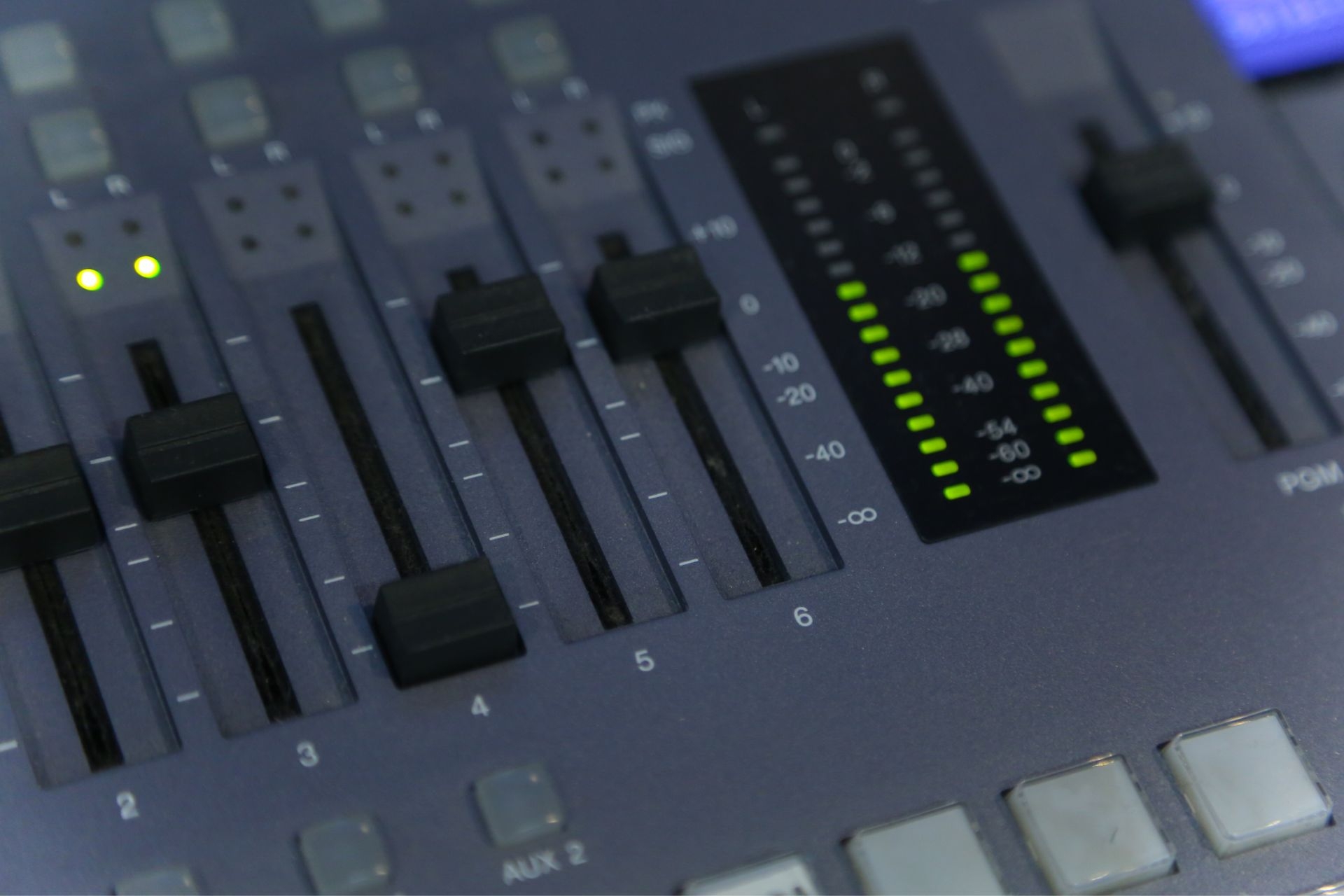Wavelet Transform Techniques
How does the wavelet transform technique differ from the Fourier transform technique?
The wavelet transform technique differs from the Fourier transform technique in that it provides both time and frequency information simultaneously, allowing for a more localized analysis of signals. While the Fourier transform represents a signal in the frequency domain, the wavelet transform decomposes the signal into different frequency components at different time scales. This makes wavelet transform particularly useful for analyzing non-stationary signals where the frequency content changes over time.
Least Mean Squares (LMS) Algorithm



